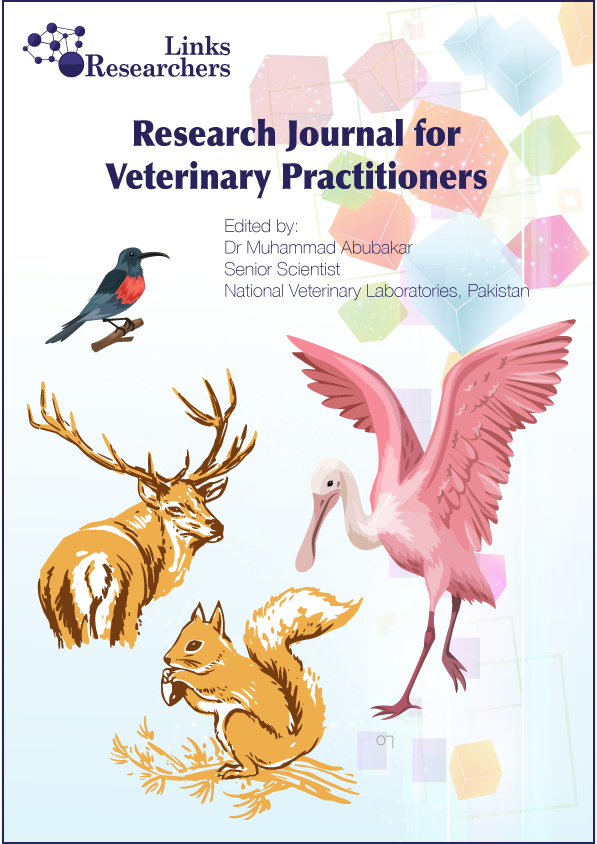Some Epidemiological Studies on Theileria annulata Infection in Egypt
Some Epidemiological Studies on Theileria annulata Infection in Egypt
Ahmed Abdel-Rady3*, Mohamed Karmi2, Menna_allah Youssef1, Aml M. Abdel-Ra’ouf1, Bahaaa Madkour1
ABSTRACT
The present study was carried out to investigate the epidemiological and clinical status of bovine Theileriosis in Aswan governorate. During a 2-year study, 265 cattle were clinically suspected upon careful clinical examination as Theileria infected animals. Conventional diagnosis based on blood and lymph smears examinations showed that, the prevalence of Tropical Theileriosis in cattle in Aswan Governorate was 56 (21.13%). Giemsa stained blood smears showed presence of macro-schizont inside lymphocyte (Koch’s blue bodies), micro-schizonts inside lymphocyte, raptured schizont and intraerythrocytic stages of Theileria annulata piroplasms inside RBCs..Polymerase chain reactions of T. annulata merozoite-piroplasm surface antigen Targeting gene: (Tams1) revealed positive 29 (58%) animals confirmed by visualization of specific bands at 768 bP. Positive results could be detected in suspected cattle that showed positive or negative blood smear results that proved the high sensitivity of PCR test compared with the conventional method for diagnosis of bovine tropical Theileriosis. PCR proved a highly sensitive and accurate method for diagnosis of bovine tropical Theileriosis especially in detection of blood and lymph smears negative cases.
To share on other social networks, click on any share button. What are these?





